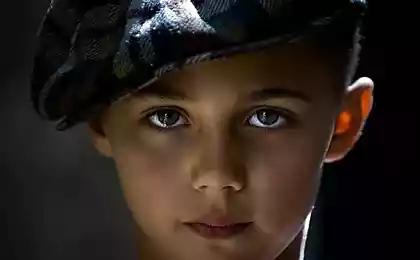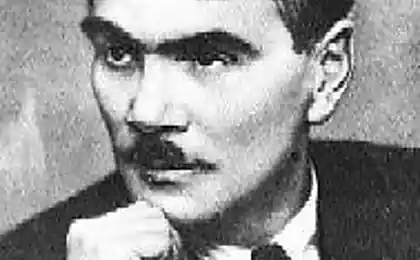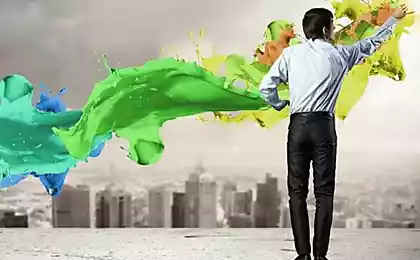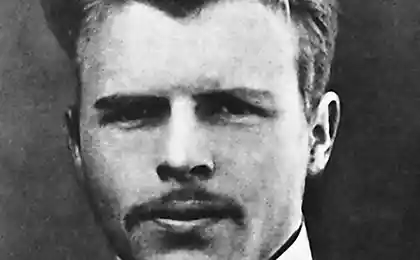219
Rainbow in the palms: The boy who sees colors with his hands

The story of a young artist with a special gift
In a world where feelings are divided by borders, Alex, a young artist from Spain, breaks down stereotypes. Since childhood, he has surprised his parents by claiming he can “feel” colors with his hands. His unusual gift came to light at the age of five, when he first named red and blue by simply touching the surface of the paint without seeing it.
Today, Alex creates stunning paintings with his eyes closed, trusting his hands. For him, every touch is an opportunity to feel the texture of the color, its “temperature” and even the mood. His works not only delight the art world, but also inspire children and adults to develop their hidden abilities.

Scientific explanation of the phenomenon of synesthesia
Alex's gift is associated with a rare neurological phenomenon called synesthesia, a condition in which one sense activates another. For example, a person may “hear” colors or “see” sounds. Alex exhibits tactile-color synesthesia, when touch evokes the sensation of flowers.
Scientists suggest that synesthesia occurs due to special brain activity, where the connections between sensory areas are much denser than in ordinary people. This allows Alex to perceive colors through his skin, turning his hands into a unique tool for creativity.
Although synesthesia is rare, it is common in creative people such as musicians, writers, and artists. This feature allows you to perceive the world differently and find inspiration in unexpected places.
Stunning paintings created with their eyes closed
Alex’s work is striking in its emotionality and brightness. Even without seeing the canvas, he manages to convey the subtlest nuances of color and create compositions that touch to the depths of his soul. Here are some of his masterpieces:



These paintings inspire not only artists, but also researchers who study the possibilities of the human brain and how our senses can work in harmony.
Exercises for the development of tactile sensitivity
Each of us can develop tactile sensitivity to better feel the world around us. Here are some exercises to help you get started:
- "Guess the texture": Close your eyes and touch different materials – fabric, wood, glass. Try to describe their feelings.
- "Drawing with eyes closed": Take a pencil or paint and try to draw a simple picture, relying only on the sensation of the hands.
- Tactical massage: Pay attention to the fingers, massaging them to increase sensitivity.
- Playing with plasticine: Sculpt shapes with eyes closed to improve texture perception.
These exercises not only develop sensitivity, but also help to better understand how our body perceives the world around us.
How This Gift Helps Other Children Develop Creativity
Alex’s story inspired his parents to open a studio for children with special needs. Here children can experiment with colors, textures and sounds, creating their own masterpieces. Classes help to develop creative thinking, concentration and self-confidence.
One of the students of the studio was Laura, who through her studies found a way to express her emotions through art. Her work has already attracted the attention of local galleries. Laura's parents say she has become more confident and has found her place in the world.
Alex’s gift has inspired thousands of people. It reminds us that limitations exist only in our perceptions, and that creativity can break down barriers.
Conclusion
Rainbow in the Palms is a story about how unique abilities can change not only the life of one person, but also inspire the whole world. Alex proved that the world is full of colors, even if we see them not with our eyes, but with our hearts and hands. His example inspires us to look for unusual ways of expression and find joy in small things.
Try to develop your sensitivity and creativity by discovering unusual ways to interact with the world. Who knows, you may also have a unique talent.
Rainforest Music: The Man Who Learned to Play Plants
Children who hear flowers: Amazing Discovery at School for Special Children























